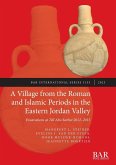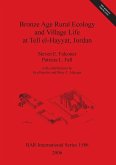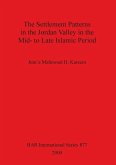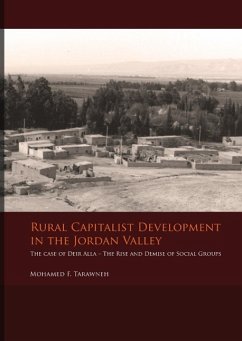The archaeological excavation of Tell Abu en-Ni'aj provides the foundation for an unprecedented analysis of agrarian village life during an era of the Levantine Bronze Age characterised previously in terms of urban collapse and a reversion to mobile pastoralism. Interpretation of archaeological and ecological evidence here situates the lifeways of this community amid emerging revised chronologies and reconstructions of village-based society in the third millennium BC. This reconstruction of rural life integrates evidence of regional and local environmental change, agricultural coping strategies, intramural social change, interaction with neighbouring communities and ritual ties with preceding and subsequent periods. This synthesis centred on Tell Abu en-Ni'aj suggests a strikingly revised portrait of rural society in the course of Near Eastern civilisation. With contributions by Ilya Berelov and Steven Porson








